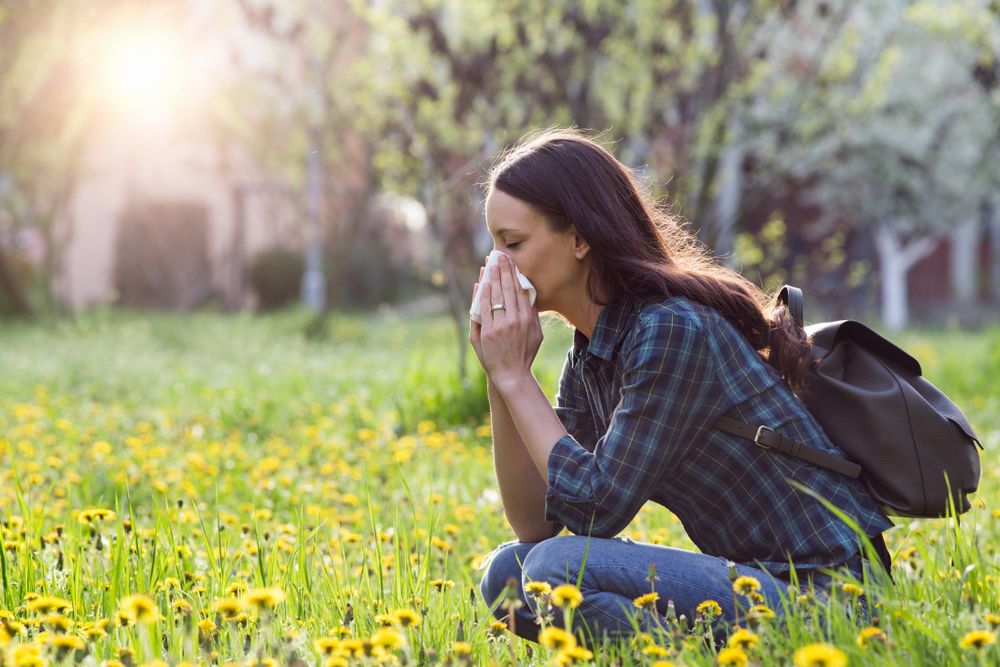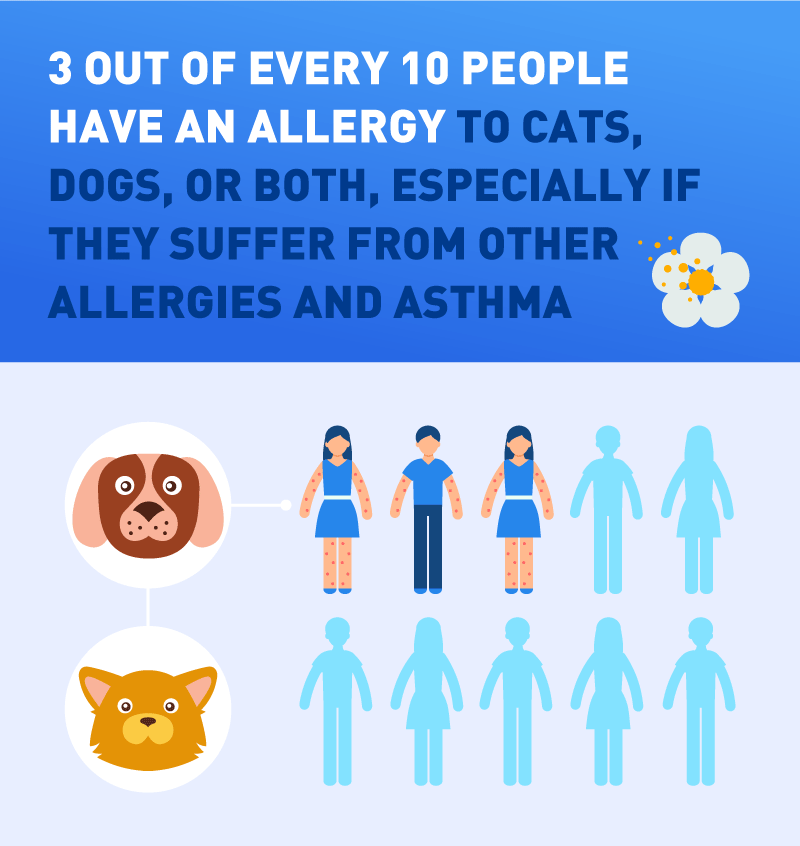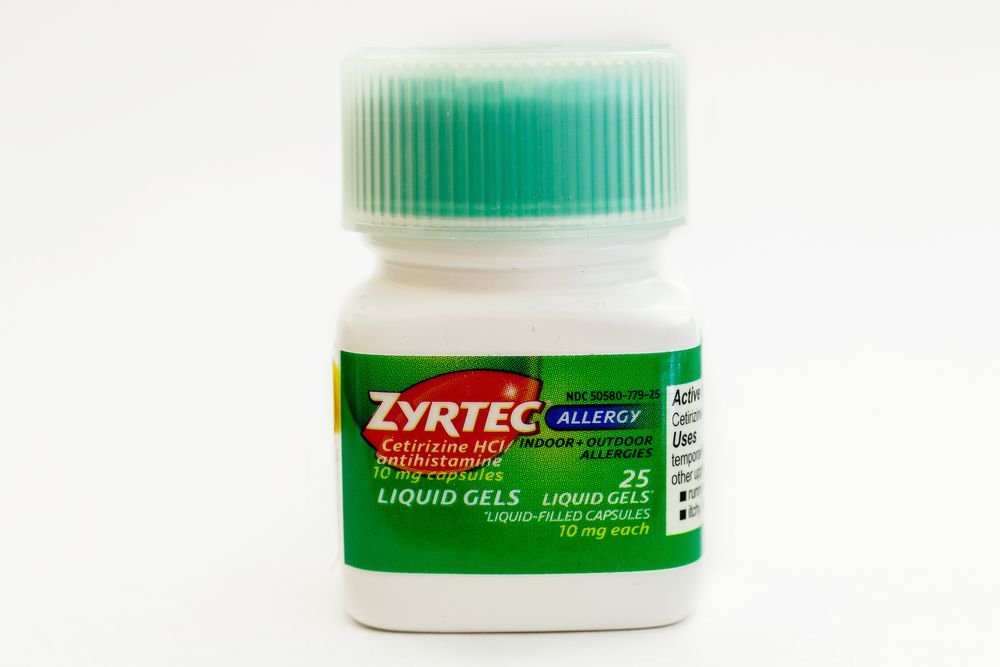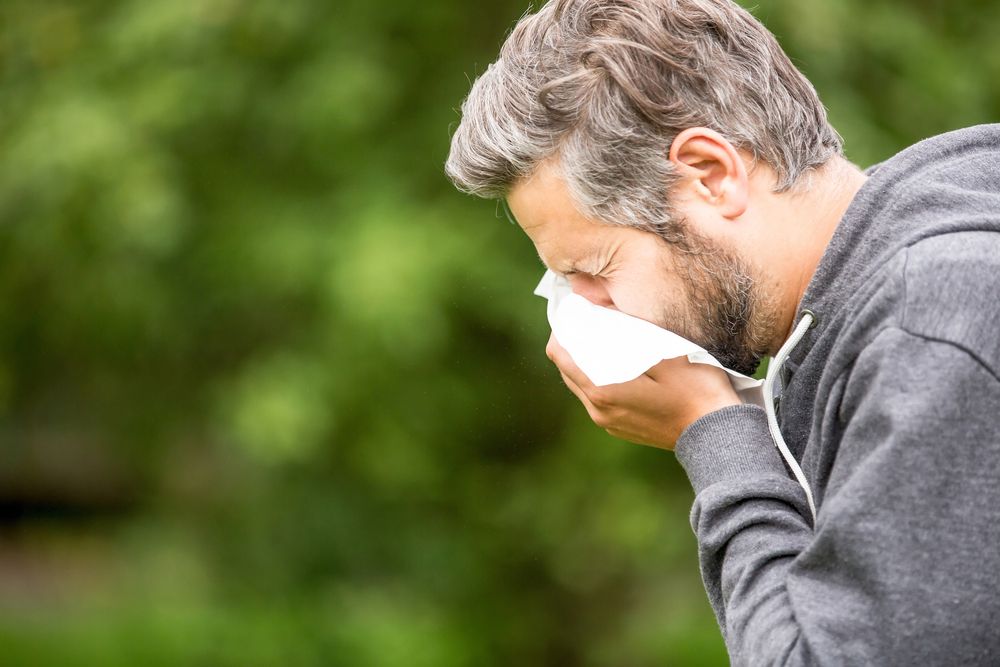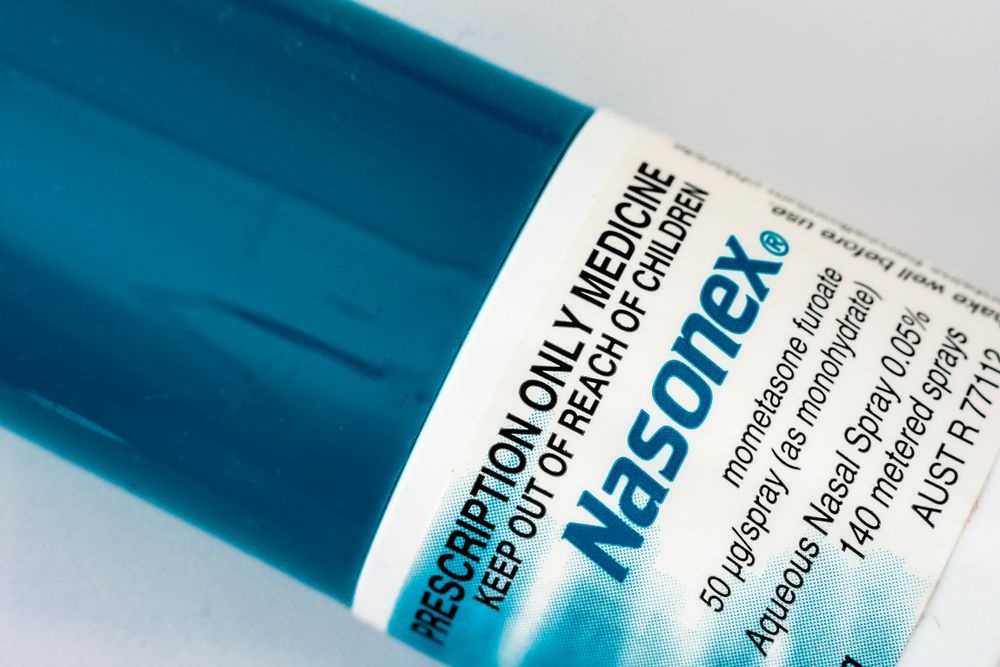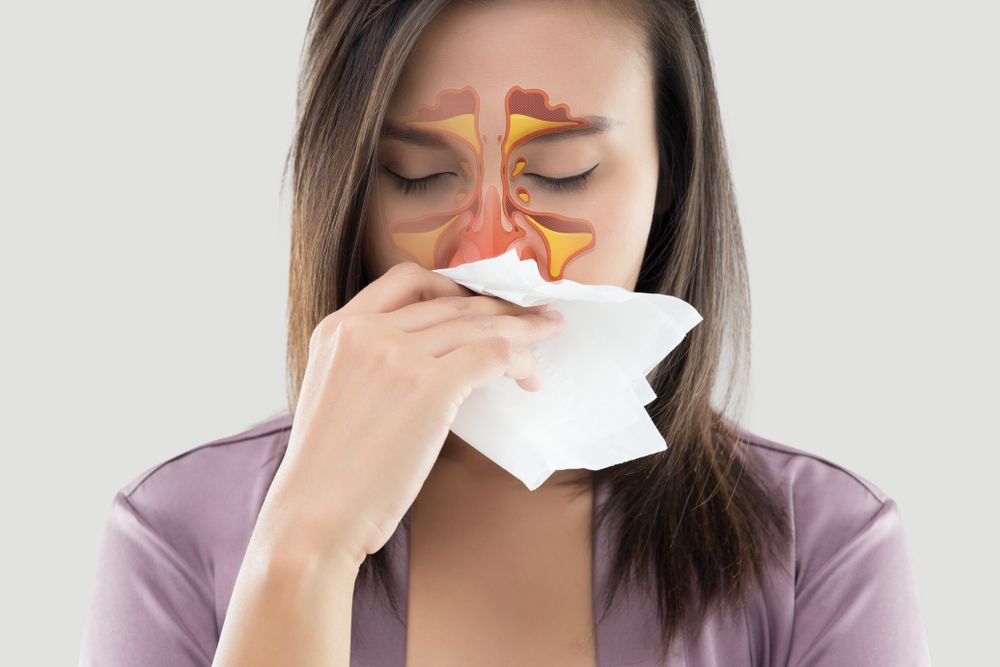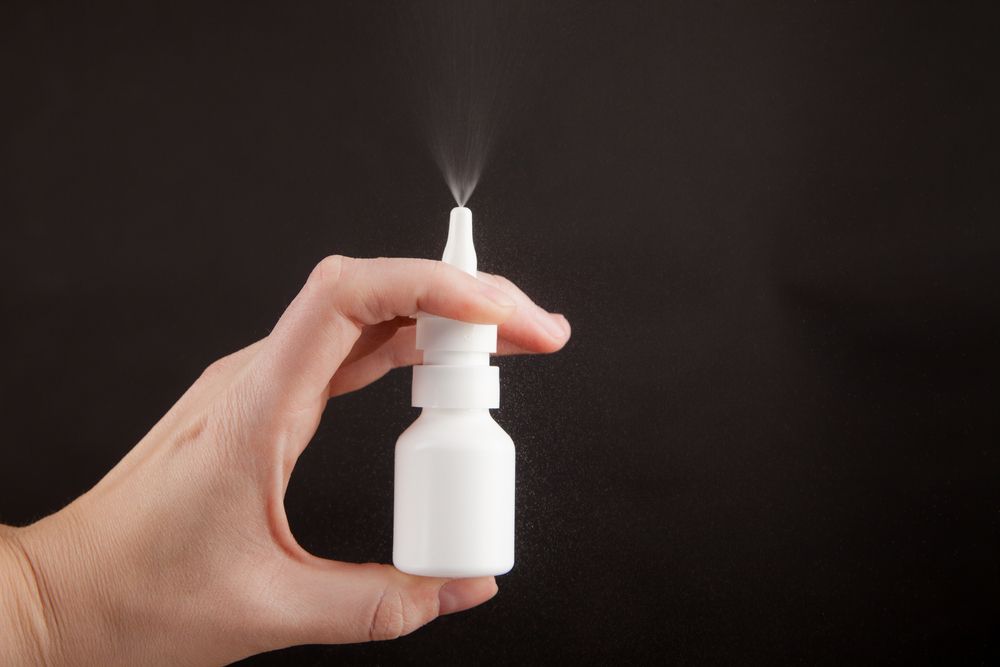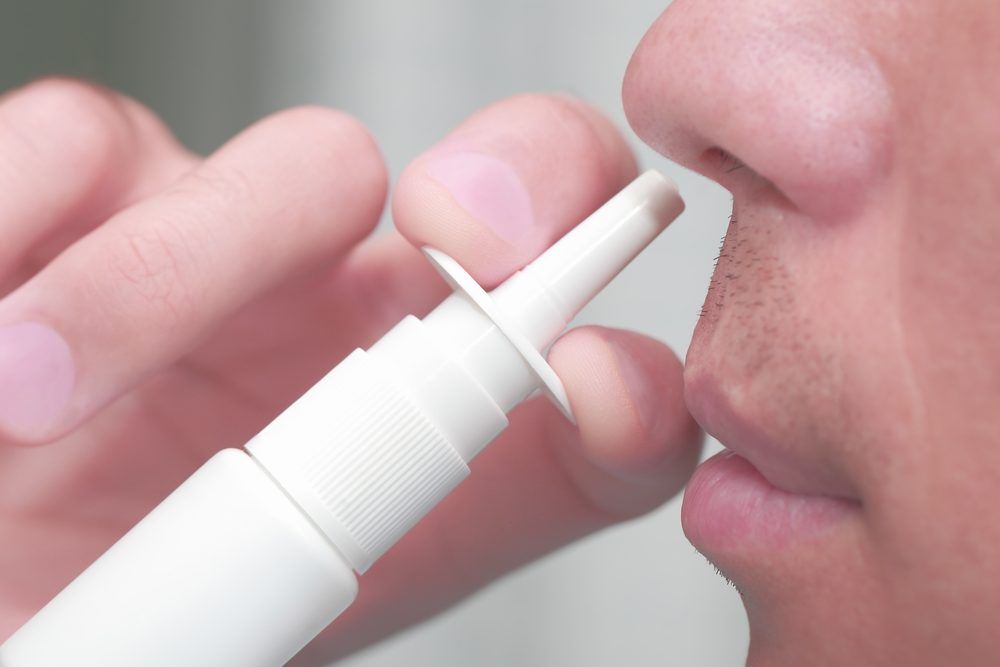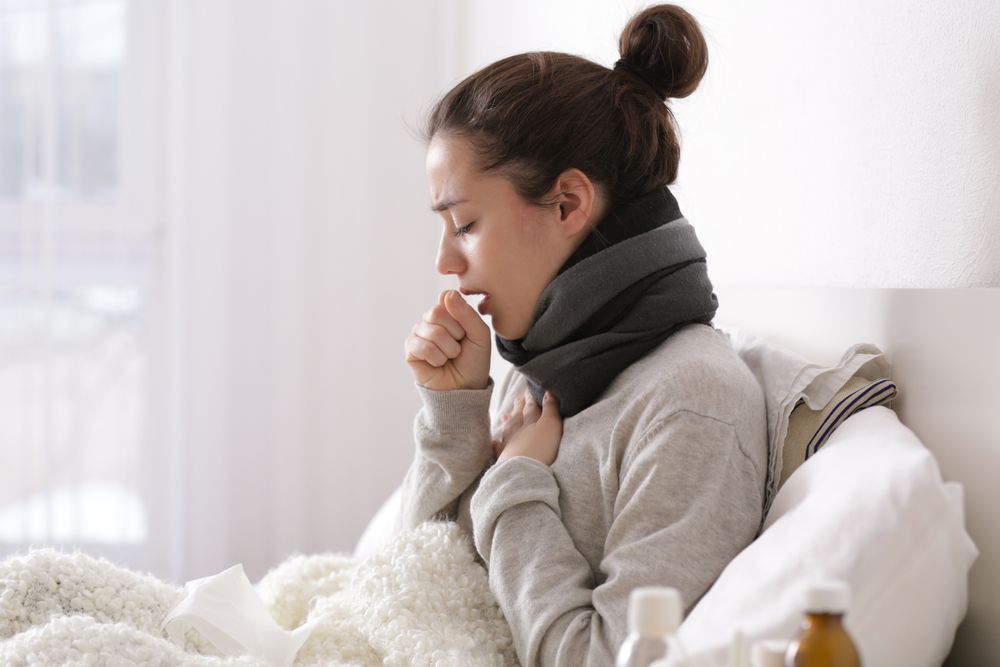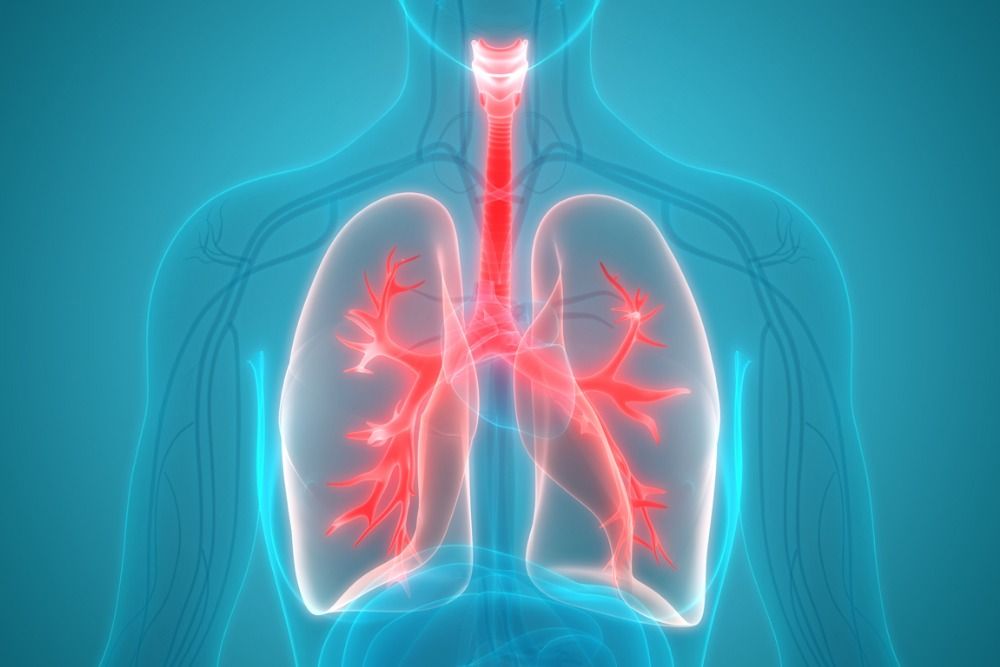An allergic reaction involves the immune system overresponding to the presence of an allergen — a substance that triggers symptoms ranging from sneezing and congestion to throat swelling, wheezing, and anaphylaxis. (Learn More)
There are several symptoms that are common to allergies, and they may be mild, moderate, or severe. There are also many common allergens, which you can work to avoid when you are diagnosed by a doctor as having an allergy to them. (Learn More)
Many people combine lifestyle changes with drugs, usually over-the-counter medicines, but sometimes prescription drugs, including corticosteroids or epinephrine in serious instances. You may even receive immunotherapy to manage an allergy if symptoms persist. (Learn More)
Getting help from a doctor can guide you to the appropriate course of treatment. (Learn More)
What Are Allergies?
Allergies are one of the most common types of chronic illnesses, with symptoms ranging from mild and annoying to severe and life-limiting. Some people with allergies can take the occasional over-the-counter (OTC) medication to clear their sinuses, while others need immune system therapies with oversight from a medical specialist.
This range in symptoms is associated with how intensely the immune system reacts to a substance the body deems harmful. The immune system will overreact to the presence of the particle, which is called an allergen. In response to the presence of allergens, the immune system makes an antibody called immunoglobulin E (IgE).
This antibody responds to the presence of an allergen, like foods, pollen, or animal dander, which leads to symptoms associated with an allergic reaction. These symptoms can range from a runny nose and cough to anaphylaxis.
Working with a doctor can ensure you get the medical treatment you need for your allergies, whether they are mild seasonal allergies or a severe allergy to food, mold, or insects.
What Are the Symptoms of Allergies?
General symptoms of an allergic reaction include:
- Sneezing or congested sinuses.
- Itching in the nose, eyes, or roof of the mouth.
- Watery, red, and swollen eyes (conjunctivitis).
- Tingling in the mouth after eating or drinking a specific allergen.
- Swelling of the lips, tongue, face, or throat.
- Hives or rash, in a specific location or all over the body.
- Choking as the throat swells (anaphylaxis).
- Swelling at the site of a bite, scrape, or sting (edema).
- Itchy skin.
- Wheezing due to inability to breathe.
- Reddening, flaking, or peeling skin.
Symptoms from an allergic reaction can range from mild to deadly, and their severity can change over time. Typically, allergies get worse over the years, especially if you are consistently exposed to the allergen, like pollen, foods, or animal dander.
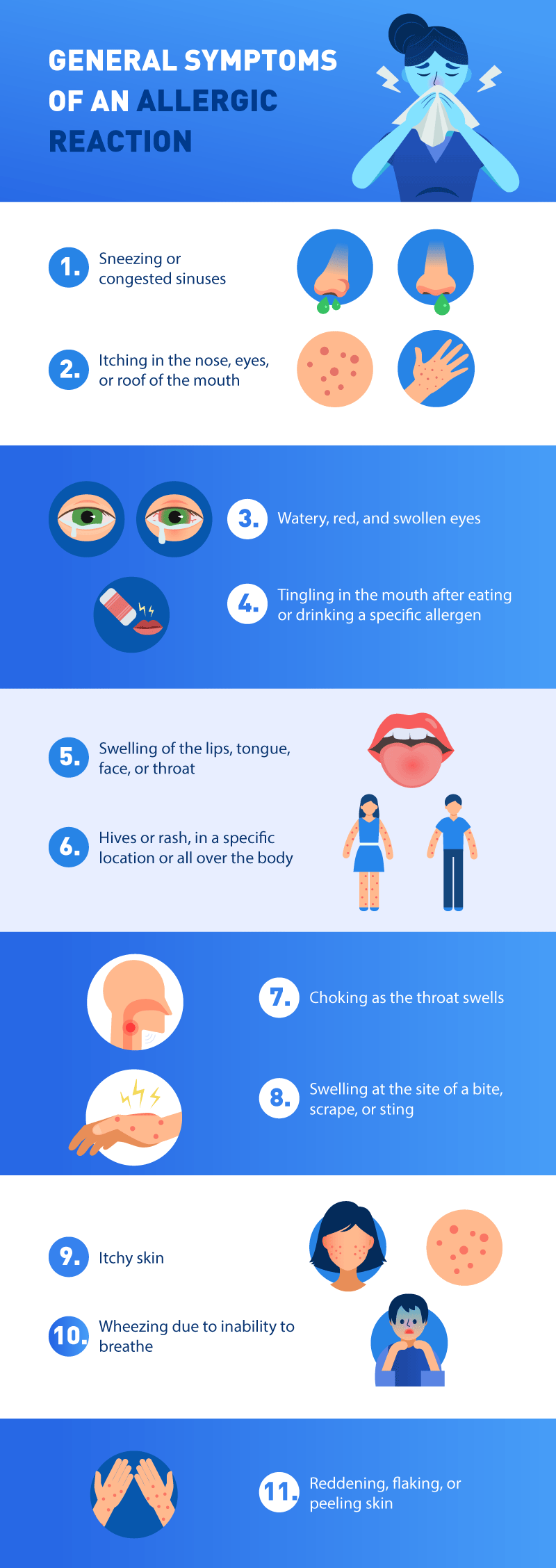
While it is possible to be allergic to almost anything, most people are allergic to the following substances:
- Drugs: Allergic reactions to medications are rarer than to other substances, but they are common enough that doctors are sensitive to them during the prescribing process. This type of allergy may be called a drug allergy or a medicine allergy; however, the more accurate medical term for this condition is adverse reaction to drugs.If you are allergic to a prescription medication, you may experience stomach upset, breathing trouble, and hives or skin rashes. It is crucial that you report these adverse events to your prescribing doctor, so they can test for the presence of IgE in your body in response to the medication and switch the prescription you are taking.The most common drug people are allergic to is penicillin and other antibiotics derived from penicillin. This is because penicillin is synthesized from a specific type of bread mold, so often, the person may be allergic to mold more than they are allergic to medications.
- Food: Allergic reactions to foods can cause harmful reactions, including stomach upset, nausea, vomiting, rashes and hives, headaches, mouth or lip tingling, and swelling in the throat, leading to anaphylactic shock. In the United States, the following are the most common foods that cause allergic reactions:
- Milk and dairy products
- Eggs
- Peanuts (legumes)
- Tree nuts
- Soy
- Wheat
- Fish
- Shellfish (crustaceans like shrimp)

It is possible for other parts of the body besides the immune system to react to certain foods with symptoms like an allergic reaction. You may feel terrible, but your immune system will not produce IgE in response to the food. It is also possible to have both IgE-mediated and non-IgE-mediated food allergies at the same time.
Some people have such mild allergy symptoms to foods that it is not a food allergy but an intolerance. For example, lactose intolerance is a common digestive complaint associated with eating dairy, but it is not, in medical terms, an allergy.
The best method to prevent suffering from food allergies is to avoid the allergen as much as possible. This may require special diet plans, reading labels, and cooking for yourself more than you buy readymade food or eat at restaurants.
- Insects: Allergies to insects include:
- Stinging insects like bees and wasps.
- Biting insects like bedbugs, mosquitoes, and fleas.
- Household pests like dust mites or cockroaches.

People who are stung or bitten by a bug they are allergic to will experience swelling at the wound site, skin irritation, and feeling like something awful is about to happen. More dangerous symptoms include anaphylactic shock, like dizziness, shortness of breath, swelling of the tongue and throat, and wheezing or inability to breathe.
Mild symptoms are most associated with household pests because you may be more allergic to their droppings or shells than to the insect itself. Allergies to these pests can become intense, so taking medications as needed or prescribed, and working with a doctor to keep the home clear of insects and monitor symptom changes, is important to managing the issue.
Try to stay away from insects you are allergic to by wearing bug spray, lighting citronella candles outdoors, avoiding outdoor activities while insects are active, and taking other precautions. If you have a severe allergy to insects like bees or wasps, which can sting you even if you are not paying attention, you may consider carrying a shot of epinephrine with you.
- Latex: This material comes from the sap of the rubber tree, and it may also be called natural rubber products. Items made from latex include balloons, rubber bands, gloves, rubber balls, bandages, household paint, and condoms, among many others.Skin or mucous membrane contact with latex can lead to rashes, irritation, skin problems, and intense itching, and it may cause anaphylaxis. It is possible to breathe latex particles from the air and suffer an allergic reaction too.Some people are sensitive to latex, which can cause skin or membrane irritation, but they are not at risk of needing hospitalization due to an immune system overreaction.Types of latex allergy include:
- IgE-mediated reactions, or type I, which involve the overreaction of the immune system and could become life-threatening.
- Cell-mediated contact dermatitis, or type IV, leading to a red, itchy, or inflamed rash, which may spread to other areas of the body and last for 24 to 48 hours. It is not life-threatening, and it involves a reaction to chemicals used to process latex, not to rubber itself.
- Irritant dermatitis, which appears similar to contact dermatitis. It is a sensitivity to rubber, but it is not considered a true allergy and is not life-threatening.

Most people find that the best way to treat a latex allergy is avoid the material as much as possible. Do not blow up balloons; use household or surgical gloves made of another material like nitrile; find other, safe materials for condoms; and carefully read labels on other materials that might contain latex.
Fewer than 1 percent of people in the United States have a latex allergy, but it is more common in some groups, like children with spina bifida, people who need frequent medical treatments so they are exposed to latex gloves, and people who work in the health care industry and use latex gloves.
People who are allergic to latex may also have food allergies, including to the following foods:
- Avocadoes
- Bananas
- Chestnuts
- Kiwis
- Apples
- Carrots
- Celery
- Papaya
- Potatoes
- Tomatoes
- Melons
- Mold: Many people are sensitive or allergic to mold spores and fungi. Mold and fungi can live everywhere; grow in walls, clothing, or bedding; and travel in the air.Both mold and mildew are types of fungus, and only a few varieties cause allergic reactions in people. The ones that do lead to allergies include indoor molds that grow in damp areas like the bathroom and outdoor molds that become inactive, but do not die, during the winter and send out spores in the spring.Symptoms of mold allergies are very similar to those associated with seasonal allergies or pollen, including watery eyes, runny nose, sneezing, itching, and congestion. You may also experience dry, scaly skin. Mold spores may reach into the lungs and trigger asthma reactions, a condition more likely to develop in people who suffer from allergic reactions to particles in the air. Lowering your indoor humidity to below 50 percent with dehumidifiers can help to kill mold spores. Lowering air moisture to below 35 percent is the best method. You can also use air cleaners and special filters in your heating and air conditioning to reduce the amount of spores in the air. You may need special cleaners for clothes and bedding. You may need to find a mattress and pillows that repel mold and dust, and you may need to clean many parts of your house more often or hire a special cleaning service. Cleaning your bathroom and basement will also help to reduce mold, along with keeping your kitchen clean, especially the refrigerator.
- Pets or animals: Unlike some types of allergies, allergic reactions to pet fur or skin flakes are very common in the U.S. Three out of every 10 people have an allergy to cats, dogs, or both, especially if they suffer from other allergies and asthma.Animal fur builds up in furniture, on clothes, and around the house, so people who are allergic to pets may not be able to find a spot in a pet owner’s home where they do not suffer an allergic reaction.
Symptoms of pet allergies are similar to those of pollen or mold allergies, including watery and red eyes, runny or stuffy nose, coughing, congestion, and trouble breathing. Breathing in pet fur and dander can lead to an asthma attack in people who have both allergies and asthma.
The best treatment is to avoid contact with pets, including asking about pet ownership when invited to someone’s house. Mild allergies to pets may be treated with antihistamines or other OTC medications, but more severe allergies, especially paired with asthma, are not treated as easily. Even hypoallergenic pets, like furless cats, can produce some animal dander that can trigger an allergic reaction in people who are very sensitive to it.
If you’re close enough, you can also ask a family member or friend to thoroughly clean their home if they invite you over. This may require steam cleaning or deep-cleaning carpets and furniture, adding filters to their heating and air conditioning systems, washing their pet to remove excess hair and flakes of skin, and cleaning their clothes.
People who struggle with severe pet allergies and love animals may also opt for prescription medications or immunotherapy treatment to help them manage this problem.

- Pollen: Allergies to trees and flowers are often called seasonal allergies because they are more likely to be triggered during the spring and summer, when plants are blooming and growing. Pollen is released at various times of year to help plants reproduce, and many people are very allergic to these particles.
Seasonal allergies or seasonal allergic rhinitis is one of the most common forms of allergy in the U.S. The following are symptoms:- Sneezing
- Coughing
- Congestion
- Itchy, watery, or red eyes
- Runny or stuffed up nose
- Swelling around the eyes
During peak pollen season, you may need to limit your outdoor activity, add filters to your air conditioning, keep a humidifier or dehumidifier going to remove particles, use special air cleaners, wear sunglasses and a hat, change and wash clothes frequently, and dry clothes and bedding in a dryer versus hanging them outside. OTC or prescription decongestants and antihistamines are also common approaches to treating pollen or seasonal allergies.
Types of Medications to Treat Allergies
Treating allergies will depend on what type of allergy you are diagnosed with, and making lifestyle changes to avoid the allergen will be the most important approach to keeping yourself healthy. You may receive a prescription for a medication, which could be taken as needed or on a regular basis. You may also receive specific medical therapies with one or a few doses, which can help to suppress your immune system.
- Antihistamines: An antihistamine medication blocks histamine, a chemical released by the immune system during an allergic reaction, which causes symptoms like itching, redness, swelling, and congestion.
There are several types of antihistamines available, from OTC to prescription drugs. Pill and liquid antihistamines are typically OTC, and they alleviate symptoms of mild allergies for a few hours; however, they are likely to cause drowsiness and dehydration.
The following are the most common types of antihistamines:- Cetirizine (Zyrtec Allergy)
- Desloratadine (Clarinex)
- Fexofenadine (Allegra Allergy)
- Levocetirizine (Xyzal)
- Loratadine (Alavert, Claritin)
You may find antihistamine nasal sprays over the counter. The following are prescription options:
OTC or prescription eyedrops can alleviate symptoms of swelling, redness, and watering in the eyes, although they may produce side effects like dry eyes, stinging or burning, and headaches. The following are types of eyedrops you may receive:
- Azelastine (Astelin, Astepro)
- Emedastine (Emadine)
- Ketotifen (Alaway)
- Allergen immunotherapy: When other medications fail, a series of shots once a week for six months can suppress the immune system with a process loosely similar to vaccination. While shots will be required every handful of months or years to maintain the therapy, this can be very effective for people who suffer from severe allergies and cannot manage all the medications and lifestyle changes.
There is also sublingual immunotherapy (SLIT), in which a tablet is absorbed into the mucous membranes of your mouth by placing it underneath your tongue. They are specifically designed to treat hay fever and pollen allergies. - Corticosteroids: These drugs are not found in OTC medications since they can have serious side effects. They should be used only for allergies causing severe inflammation or swelling. They prevent and relieve nasal and sinus congestion and sneezing, but they are also associated with unpleasant smells or tastes, nasal irritation, or nosebleeds as side effects.
The following are types of corticosteroids:- Budesonide (Rhinocort)
- Fluticasone propionate (Flonase Allergy Relief)
- Mometasone (Nasonex)
- Triamcinolone (Nasacort Allergy 24 Hour)
There are also inhalers with corticosteroids, which treat symptoms that may trigger an asthma attack or other breathing problems. Eye drops relieve eye swelling and itching, while oral liquids and pills can alleviate all-over symptoms.
For people who have skin contact-involved allergies, corticosteroid creams can help. However, long-term use of these forms of corticosteroids increase the risk of cataracts, muscle weakness, osteoporosis, stomach ulcers, high blood sugar, and slowed growth in children.
- Decongestants: These are taken for quick, but temporary, relief from sinus and nasal congestion, runny nose, and coughing. Side effects may be strong and include insomnia, headaches, high blood pressure, and irritability. They are not recommended for people who may have high blood pressure or heart problems.
Many OTC decongestants are combined with antihistamines, so pills and liquids on store shelves often have both. You may also receive a prescription for a nasal spray or eye drops, including the following: - Epinephrine shots (emergency): These are given by prescription and used in the event of anaphylaxis. The most familiar brand of this allergy therapy is EpiPen.
- Mast cell stabilizers: These drugs block the release of immune-system chemicals that contribute to allergy symptoms. While these are generally safe, they may take regular use over several days to become fully effective. These are prescribed when antihistamines are found ineffective to treat allergies. There are generic OTC nasal sprays like cromolyn and prescription eye drops like Alocril (nedocromil).
Seeing a Doctor Helps You Understand Which Medications to Use
If you begin to get allergies during spring or summer, experience problems with certain foods, or find yourself suffering from symptoms that feel like allergies, speak with your doctor. They will likely give you an allergy test and then an appropriate diagnosis. You’ll discuss treatment options, like OTC drugs, some prescriptions, and lifestyle changes like cleaning certain areas, air filters, and avoidance of the allergen.
Some people will not know they are allergic to a substance, from a wasp sting to sesame, until they encounter it and go into anaphylaxis. Call 911 to get emergency medical treatment if the person appears to not be able to breathe, their face is swelling, or they are vomiting excessively.
Emergency treatment for such a severe allergic reaction can save the person’s life. It can also lead to an appropriate diagnosis and management tools to prevent such a severe reaction again.
References
Allergy Overview. (September 2015). Asthma and Allergy Foundation of America (AAFA).
Allergies. (January 6, 2018). Mayo Clinic.
Drug Allergy and Other Adverse Reactions to Drugs. (October 2015). Asthma and Allergy Foundation of America (AAFA).
What Is a Food Allergy? (October 2015). Asthma and Allergy Foundation of America (AAFA).
Insect Allergies. (October 2015). Asthma and Allergy Foundation of America (AAFA).
Latex Allergy. (October 2015). Asthma and Allergy Foundation of America (AAFA).
Mold Allergy. (October 2015). Asthma and Allergy Foundation of America (AAFA).
Pet Allergy: Are You Allergic to Dogs or Cats? (October 2015). Asthma and Allergy Foundation of America (AAFA).
Pollen Allergy. (October 2015). Asthma and Allergy Foundation of America (AAFA).
Allergy Medications: Know Your Options. (January 6, 2017). Mayo Clinic.

